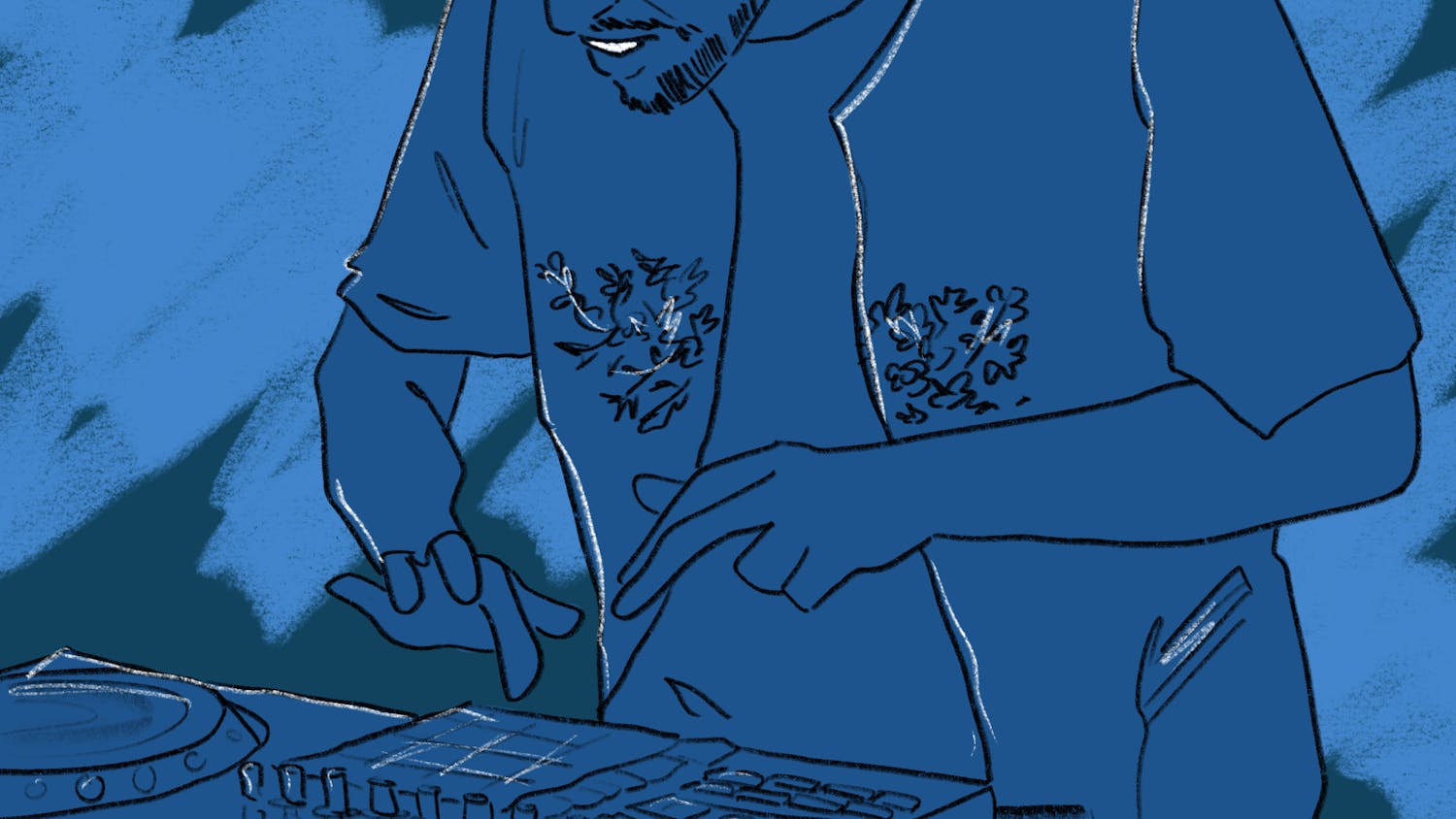A forgotten art and declining practice, bookbinding is not given the same consideration that it once was now that the age of technology has equipped consumers with the e-book. Factory-bound books, let alone hand-bound books, are no longer a reader’s most convenient option. The practice of bookbinding is on the threshold of demise, and we can only hope that its value as a functional art form will salvage it from the brink.
When I think of books, I think of Barnes & Noble. I think of overpriced hardcovers with glossy book sleeves and flimsy paperbacks stacked neatly on shelves. I, however, am an enthusiast of physical books and often dismiss e-books as indolent imposter.
Despite my personal critical stance on digitized novels, there are many people nowadays who consistently opt for the ease of the e-reader. When told to think of books, they think of their e-book reader at home on the coffee table or their iPad claiming residence in their school bag. But what kind of experience does a media file really offer?
Can you sniff the distinct smell of a newly bound book? Can you feel the rugged texture of an old book’s pages between your fingers? No, you get a screen that never changes size or color or smell. While you may enjoy the convenience of e-reading, in reality, you are missing a tradition of the past that can truly be considered an art form.
A book’s title page used to boast enamels, jewels and ivory embellishments. Now a book’s title page is a glossy pdf image, easily dismissed with a single swipe across the screen. It holds such limited significance and requires such minimal effort it barely holds any resemblance to its ancestors.
Bookbinding is a 2,000-year-old practice with a rich history of cultural importance and symbolism. Predating the decline of bound books, covers were utilized as canvases while pages were treated with individual care. Bookbinders were trained through apprenticeship, which cultivated the artistic skill necessary to cleanly bind pages of papyrus or, eventually, paper.
Prior to the 1400s, books in Europe were not only bound individually without the aid of a machine, but each book’s text was transcribed by hand and typically flaunted embellished initials and page illustrations that were a true testament to a book’s artistic value. Fortunately, the printing press did not diminish the usage of in-text decorations.
Even after the invention of the printing press, books continued to be bound by hand. The artist’s hand lost visibility in the 19th century when the high demand for books pushed for the commercialization of binding, which then became the primary method. Hand bookbinding still thrived in a niche market after the mechanization of the process and, in a way, factory-bound books still held close the values of tradition. Although the average reader no longer experienced the personal touch of a hand-bound book, many factory-printed books offered inspiring covers that matured into a new form of literary art.
Cover designs grew with the times, and even in the modern age offered talented illustrations of the book’s contents. Physical books still hold claim to this asset today, whereas e-books cannot offer the same experience. It is a similar idea to seeing a Google image of a famous painting versus seeing that painting in person.
A physical book is the beauty of historical innovation packed into a very convenient form. By digitizing the world of books entirely, publishers are removing one more physical connection from our lives. While I don’t believe that binding books by hand would be a wise decision, I do hope e-books never fully replace the physical.
E-books offer the benefits of convenience, inexpensiveness and economized space. They do have a place in our world, but physical books will always be superior to me. I understand reading a calculus textbook off an iPad for ease, but reading novels by Tolstoy, Austen and Wolfe would not have the same feeling if read in the iBooks app.
There is a reason old books are treasured, and it concerns me that each year e-books climb the sales chart, threatening to outsell physical books ever since the release of Amazon’s Kindle in 2007. Headlines such as “E-books to Outsell Print by 2018” do not surprise me, but they do worry me. If people do not realize the value of print, let alone the artistic quality of print’s history, then e-books may very well take over.
A study released by Pricewaterhouse Coopers last summer said that the e-book market will increase from £380 million to £1 billion by 2018, while sales of printed books will fall by around a third.
Despite their predictions, I have faith in print. If museums such as the Metropolitan Museum of Art or libraries like Baker-Berry Library keep recognizing the art of bookbinding, print has a chance to survive. Educating our generation on the beauty of binding and the value of books through exhibitions and workshops will only have a positive effect on their attitudes toward print consumption.
Baker-Berry Library offers a variety of workshops on bookbinding, page detailing, letterpress and other print projects. Fully equipped with a letterpress and bindery, studio students have access to hands-on bookbinding. Offerings such as this are how print will stay alive, because the second we lose sight of the artistic value of books, we may lose sight of print books for good.



